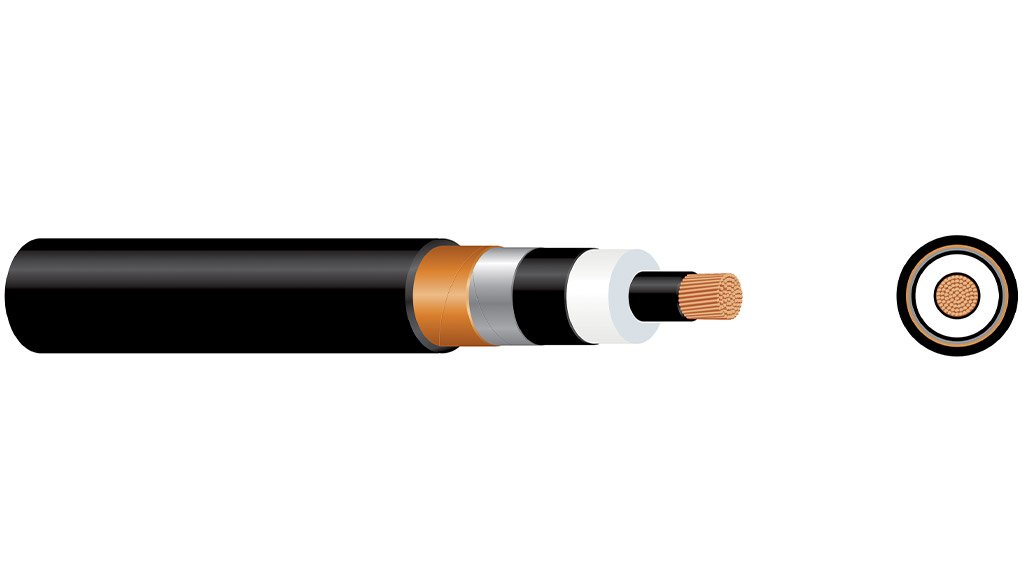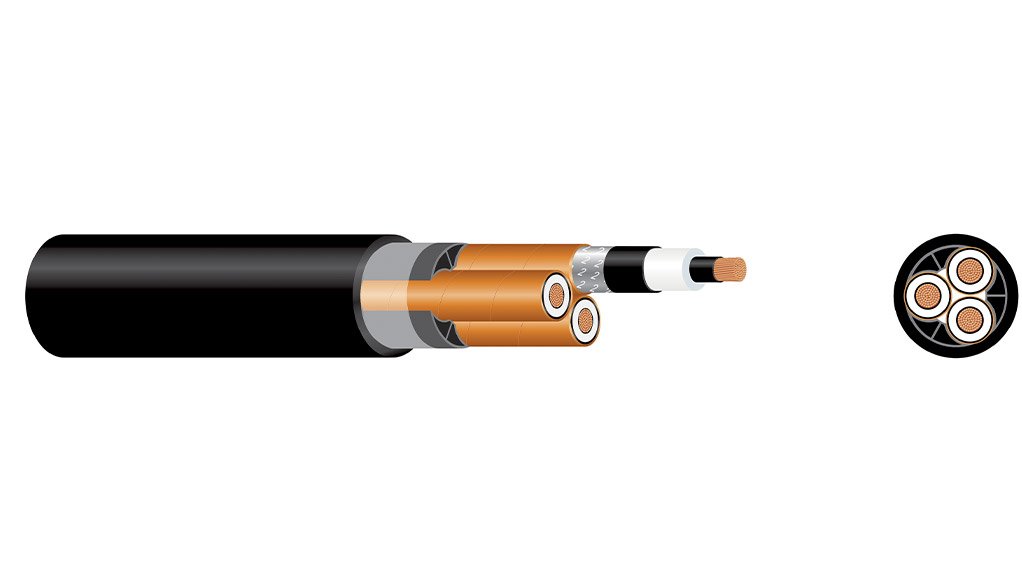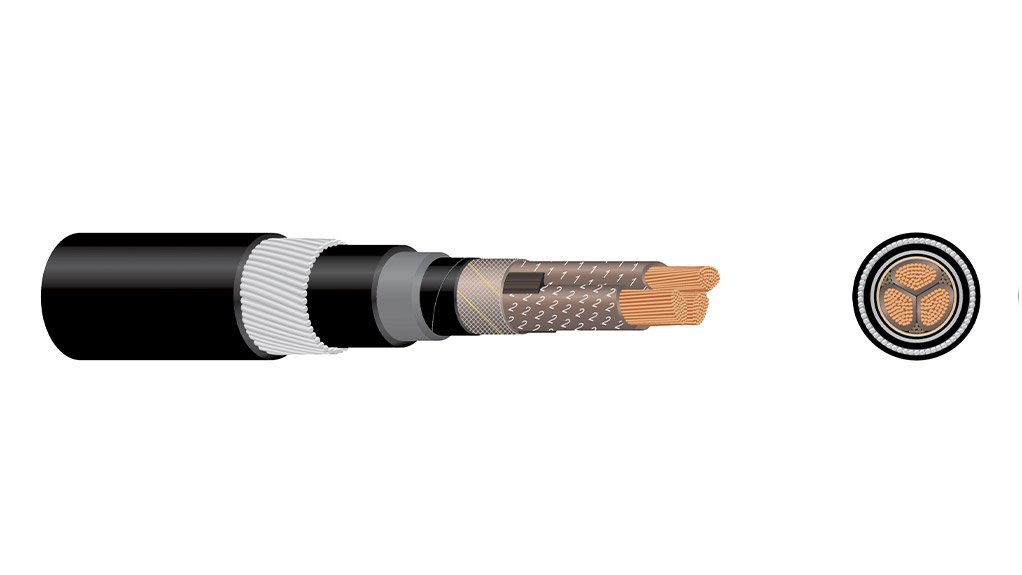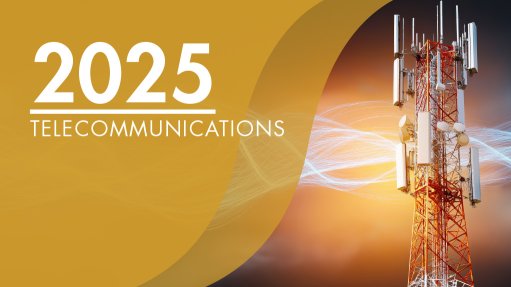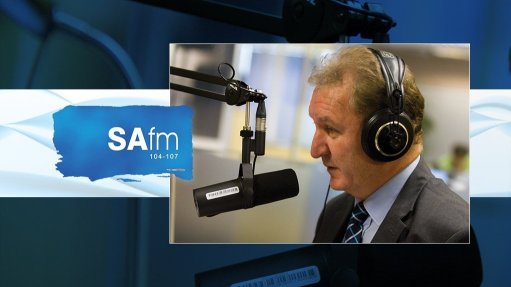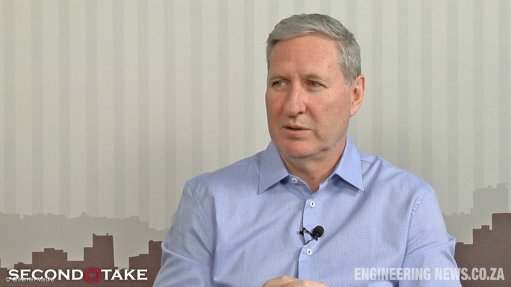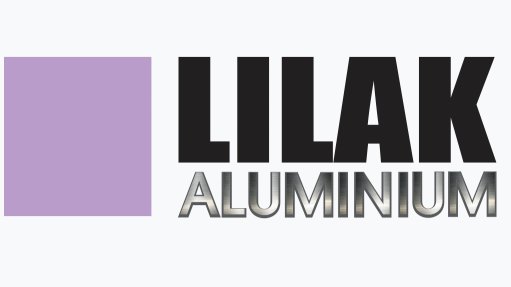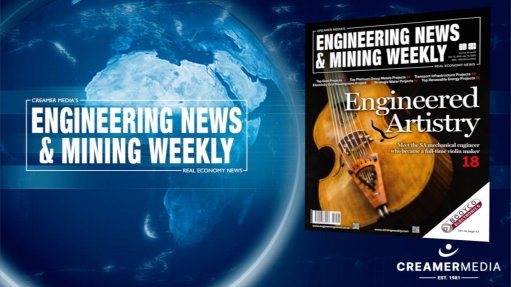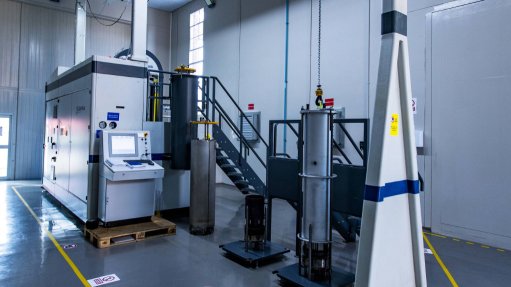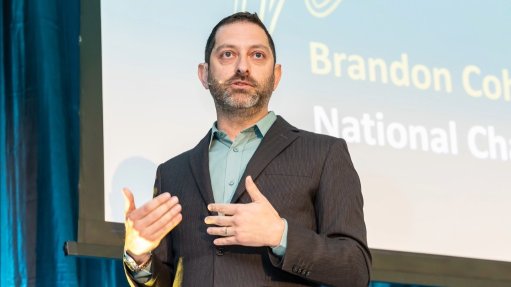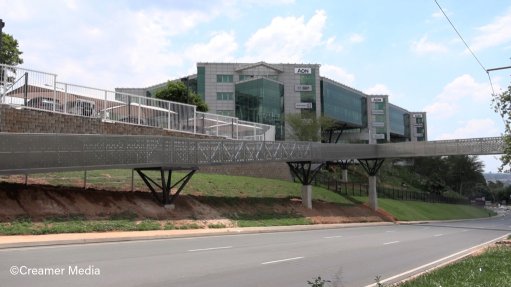The Impact of radial water blocking on MV XLPE Cable systems
This article has been supplied.
The high performance cross-linked polyethylene (XLPE) material is the most common insulation used in medium voltage (MV) cables between 6.6kV to 33kV mainly because of its impressive mechanical and electrical properties. XLPE’s properties are impacted drastically if exposed to water and moisture resulting in water trees; it then becomes very important in design to ensure that the cable structure offers water ingress protection to the XLPE insulation. The XLPE cable life is usually estimated to be above 30 years but once XLPE material is exposed to water or moisture ingress the life of the cable is affected, hence it then becomes important that from the start of manufacturing the cable production processes are well controlled to prevent any moisture or water ingress (The more reason why cable users must consider buying their cables from reputable cable manufacturers). It is also important to prevent moisture ingress during cable operation, by ensuring that the jointing and termination workmanship is up to standard and the cable will withstand the conditions under which the cable is installed.
SANS 1339 is a compulsory standard in South Africa covering cables with voltages rated from 6.6kV to 33kV (MV Cables). This standard specifies longitudinal and radial water blocking for MV Cables when required by the user of the cable. Longitudinal water blocking is the most commonly deployed water blocking method as applied by many cable manufacturers in the local market, mainly because it is relatively easy to implement. Longitudinal water blocking alone, however, may not be enough to offer lasting water blocking capabilities of a cable in some environments, especially in areas that have high water levels in ground. Offering radial water blocking then becomes key to cables to ensure enhanced water blocking capability, of MV XLPE cables at design and manufacturing level. Radial water blocked cables are not very common in South Africa for MV Cables; they are common for high voltage (HV) cables for 44kV-132kV rated cables (making use of CSA (Corrugated Seamless Aluminium)).
Longitudinal water blocking is intended to prevent the water ingress and spread in the areas between cores; around armouring; metallic screens and insulation, through the use of moisture absorption barriers installed within the structure of the cable along its length. Commonly water block yarns and tapes are installed in the interstices of the multicore cables or around the bedding layers of a single core cables. If exposed to moisture the yarns will absorb and swell, preventing further ingress of the water or moisture inside the cable hence offering protection. As per SANS 1339 of 2020 the cable will be type tested for conformance which then becomes important for the users to ask for these type test reports when purchasing all the cables that are claimed to have such features.
Radial water blocking features are not very common in the industry in South Africa; this is also the reason why the SANS 1339 standard does not go into detail in specifying the requirements on the radial water blocking requirements. Radial water blocking technology relies on an impermeable concentric layer around the cable preventing radial water ingress. Radial water blocking in high voltage cables is achieved through the CSA structure, which then offers mechanical protection, earthing and screening as well as radial water blocking for the cable. For MV Cables the common radial water protection material globally include lead sheathing, aluminium - laminate tape and smooth welded aluminium tape. The cable which offers both longitudinal and radial water ingress protection has considerable use in areas with high water levels mostly the coastal areas in South Africa as well as any wet land; for such applications; the paper cable with lead sheath has always been the best option which is the main reason why most coastal areas still prefer MV paper lead sheathed cables as opposed to XLPE MV Cables. It is important to note that due to the thermal performances of XLPE MV Cables; paper MV cables have much lower current or load rating in comparison to XLPE MV cables; Paper MV Cables may also introduce environmental issues related to the impregnate oil and lead, hence XLPE is the better way to go especially if it has radial water blocking features.
Understanding the challenges related to the continued use of paper cables as well as the need to improve the life of the XLPE cables, especially when used in high water level areas Aberdare Cables, the leading manufacturer of cables in South Africa has extended its range of products to include radially water blocked cables for MV Cables making use of Aluminium Laminate technology. The product is available for offer in Africa and globally as well.
Article Enquiry
Email Article
Save Article
Feedback
To advertise email advertising@creamermedia.co.za or click here
Comments
Announcements
What's On
Subscribe to improve your user experience...
Option 1 (equivalent of R125 a month):
Receive a weekly copy of Creamer Media's Engineering News & Mining Weekly magazine
(print copy for those in South Africa and e-magazine for those outside of South Africa)
Receive daily email newsletters
Access to full search results
Access archive of magazine back copies
Access to Projects in Progress
Access to ONE Research Report of your choice in PDF format
Option 2 (equivalent of R375 a month):
All benefits from Option 1
PLUS
Access to Creamer Media's Research Channel Africa for ALL Research Reports, in PDF format, on various industrial and mining sectors
including Electricity; Water; Energy Transition; Hydrogen; Roads, Rail and Ports; Coal; Gold; Platinum; Battery Metals; etc.
Already a subscriber?
Forgotten your password?
Receive weekly copy of Creamer Media's Engineering News & Mining Weekly magazine (print copy for those in South Africa and e-magazine for those outside of South Africa)
➕
Recieve daily email newsletters
➕
Access to full search results
➕
Access archive of magazine back copies
➕
Access to Projects in Progress
➕
Access to ONE Research Report of your choice in PDF format
RESEARCH CHANNEL AFRICA
R4500 (equivalent of R375 a month)
SUBSCRIBEAll benefits from Option 1
➕
Access to Creamer Media's Research Channel Africa for ALL Research Reports on various industrial and mining sectors, in PDF format, including on:
Electricity
➕
Water
➕
Energy Transition
➕
Hydrogen
➕
Roads, Rail and Ports
➕
Coal
➕
Gold
➕
Platinum
➕
Battery Metals
➕
etc.
Receive all benefits from Option 1 or Option 2 delivered to numerous people at your company
➕
Multiple User names and Passwords for simultaneous log-ins
➕
Intranet integration access to all in your organisation



